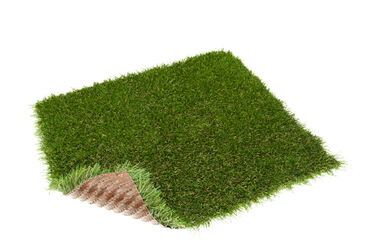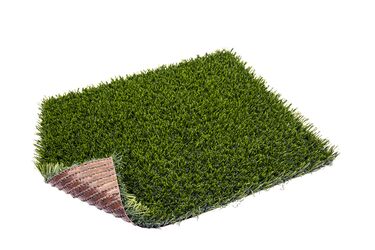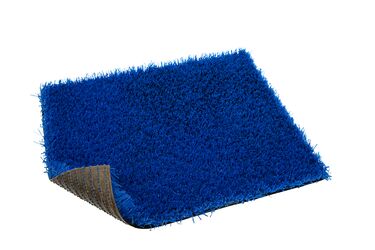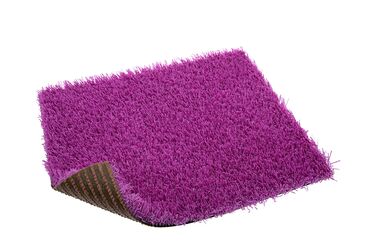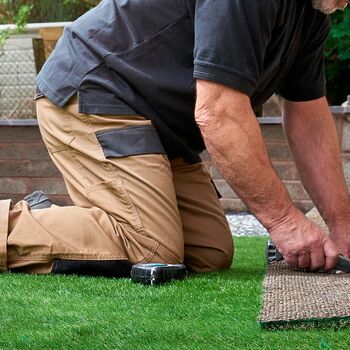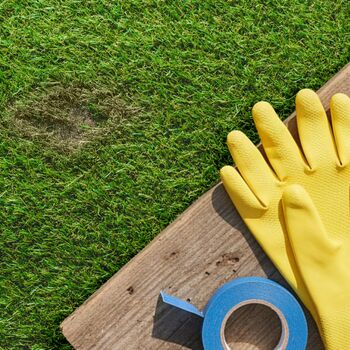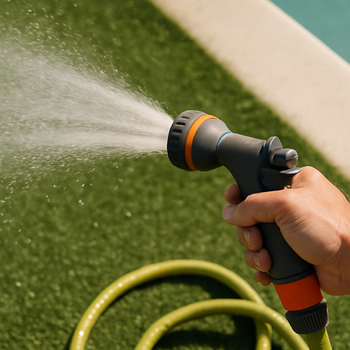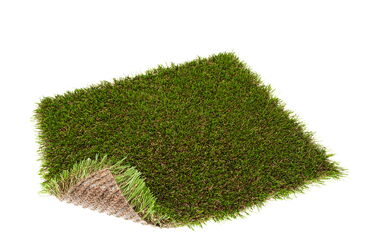
Advantages of artificial turf over natural grass: more savings, more design and fewer worries
Choosing between natural or artificial grass is no longer just a question of aesthetics, but also of savings, sustainability and practicality.
The advantages of artificial turf over natural grass are clear: it reduces water consumption, eliminates constant maintenance and maintains its impeccable appearance for years.
In fact, it's a smart solution for those looking for uncomplicated design and efficiency without compromising on beauty. Here's why more and more homes, businesses and public spaces are choosing artificial grass.
Will you join us?
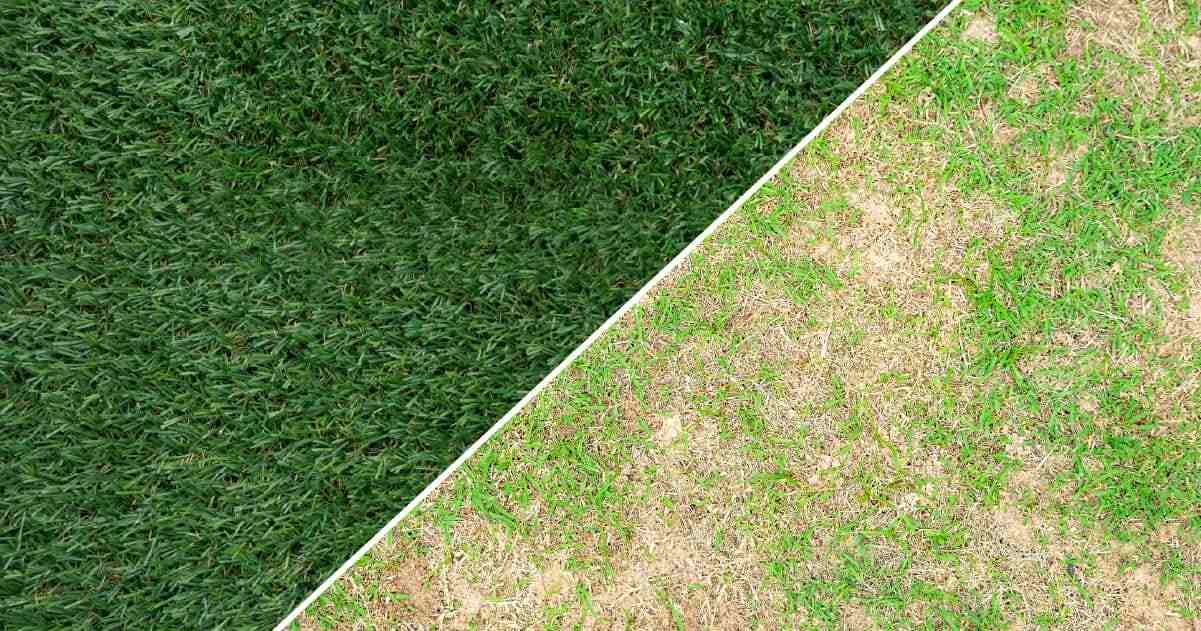
7 reasons why artificial turf outperforms natural grass
- Water savings: reduces estimated consumption by up to 95%.
- Zero maintenance: forget about mowing, watering or fertilising. More free time, less effort and less expense.
- Superior durability: withstands up to 10 years of intensive use without losing quality.
- Hygiene and cleanliness: no mud, insects or bacteria build-up. Perfect for children and pets.
- Sustainability: it does not require pesticides or polluting machinery. It respects the environment.
- Versatility of installation: adapts to earth, concrete, tile or any surface.
- Constant aesthetics: green all year round, without bald patches, yellowing or dry areas.
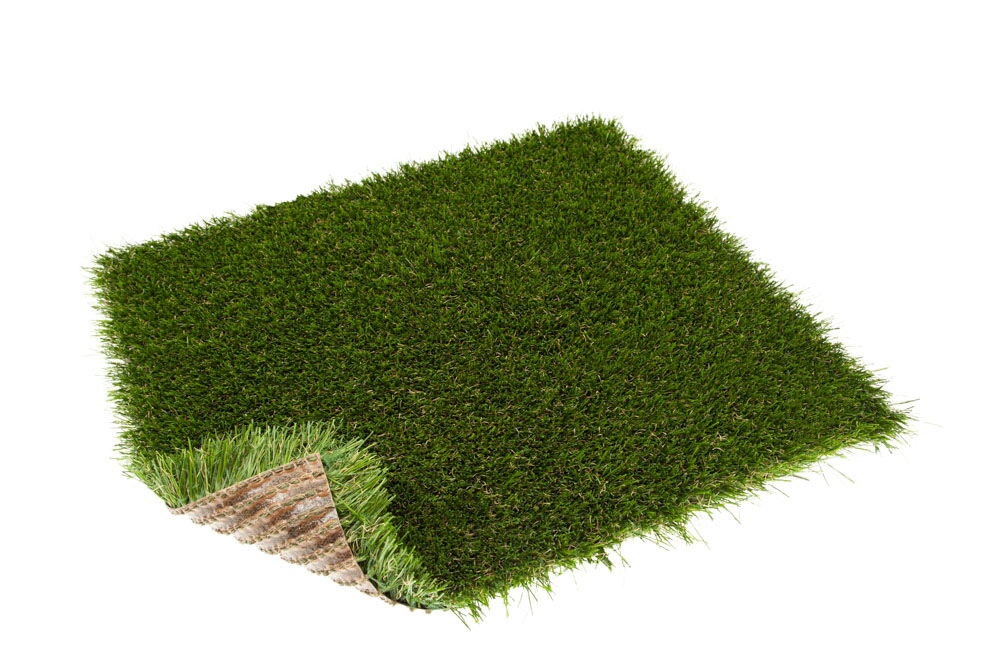
How much can you save by installing artificial turf?
It is simple. For example, a natural garden of about 50 m² can use more than 25,000 litres of water per year and generate between 400 and 600 € in maintenance costs (watering, mowing, fertilisers or pesticides).
However, with artificial turf, this cost is drastically reduced: less than €60 per year for cleaning and basic maintenance.
Add to that the time: 2 or 3 hours a week that you no longer have to spend watering or mowing.
In short, artificial grass allows you to save money, water and time, without giving up a green and well-kept space all year round.
It's all advantages!
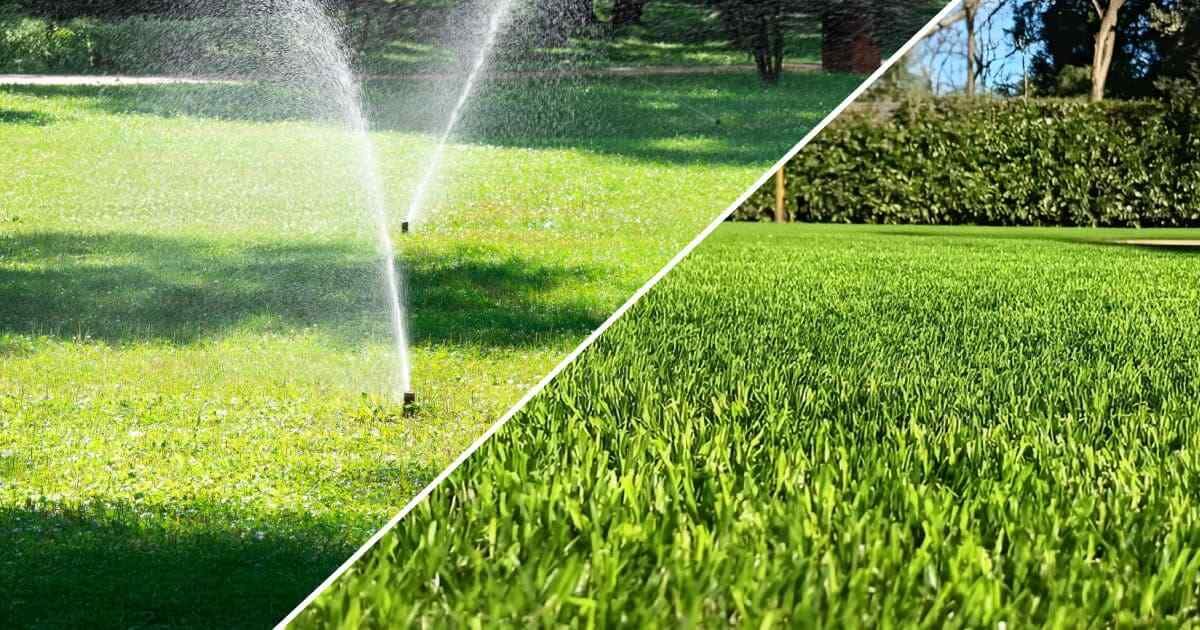
Artificial turf pays for itself in just a few years
Although the initial installation cost is higher than that of natural grass, artificial turf quickly pays for itself through savings in water, maintenance and chemicals.
Turfgrass models, manufactured in Europe and certified under ISO 9001/14001, combine strength, comfort and long-lasting aesthetics thanks to their draining backing and memory fibres. In practice, the investment is recovered in 3 to 5 years, while its average lifespan is 10 years.
Let's take a look at a visual comparison to understand all this:
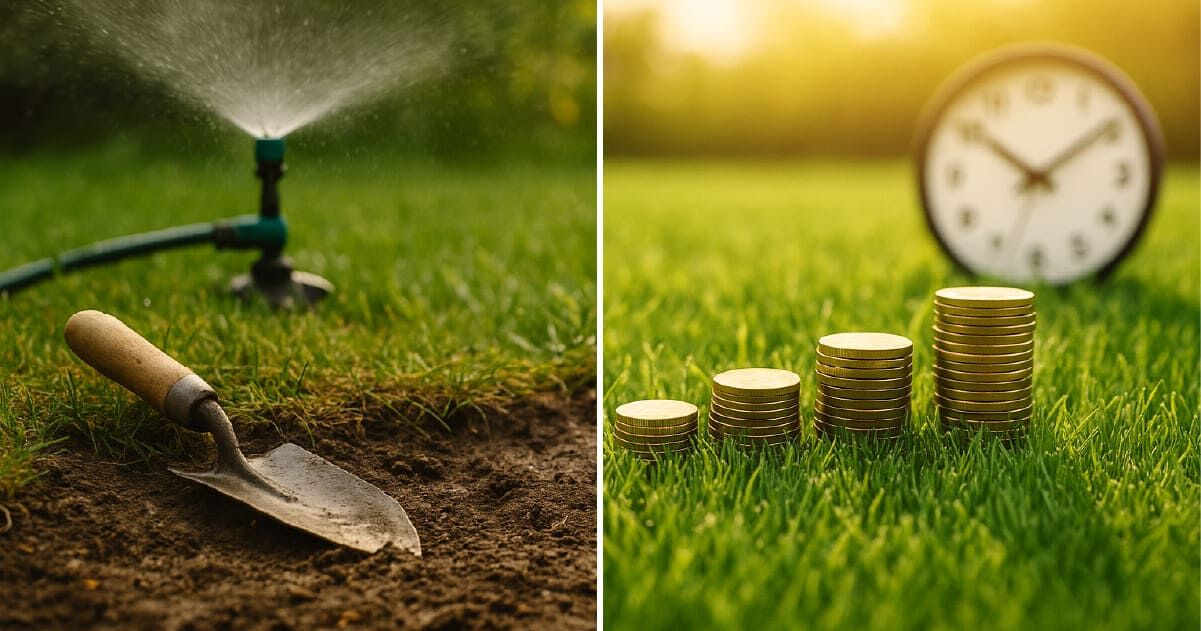
Natural grass vs artificial turf: practical and visual differences
In short: you pay only once, and for more than a decade you enjoy a green space, with no expenses and no worries.
The difference is not only visible to the naked eye: you can see it in the bill, feel it in the space and enjoy it every day.
Which type of artificial turf is suitable for which use?
So every space has different needs - a family garden is not the same as an urban terrace or a public park - and choosing the right model a difference to the final result of your savings.
In private homes and gardens
Your garden is a place to enjoy, not to worry about.
- Safe for children and pets: no toxic products or abrasive fibres.
- Minimal maintenance: forget about mowing, watering or fertilising.
- Natural look all year round: fast draining and smooth to the touch.
Recommended models: Pradería and Galatea combine naturalness, comfort and resistance, perfect for family spaces with daily use.
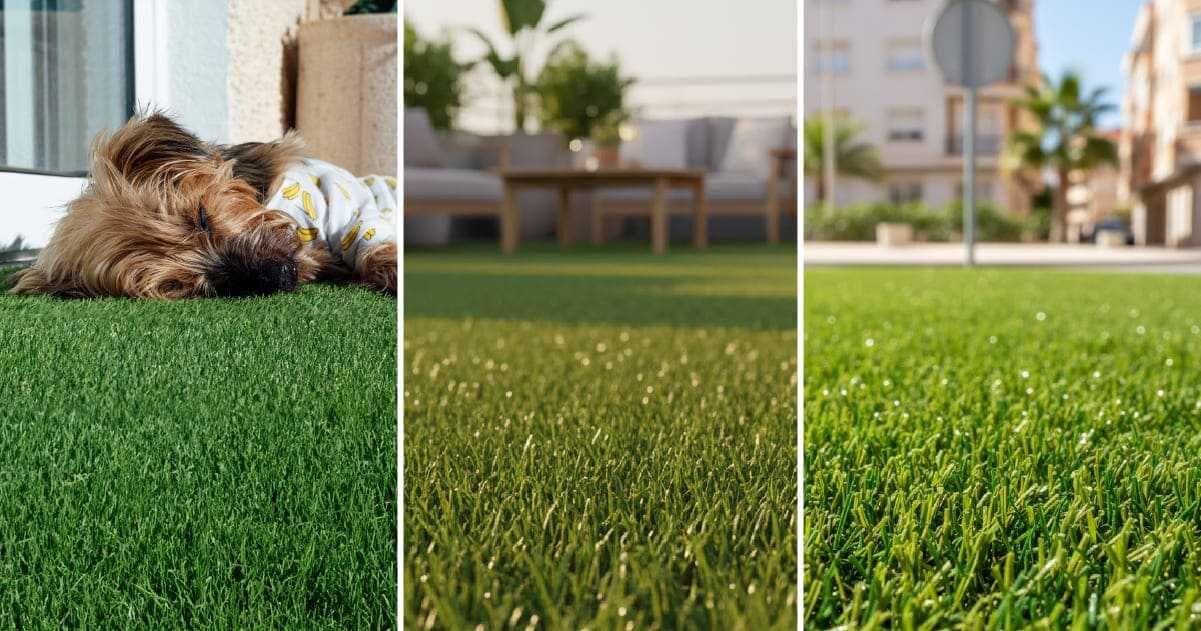
Recommended models in private homes and gardens
On terraces, penthouses and HORECA businesses
Aesthetics and strength become essential in environments where design and safety count.
- Professional aesthetics: continuous finish, no visible joints.
- Fireproof and non-slip: ideal for terrace and restaurants.
- Furniture resistant: withstands weight and intensive use without marking.
Recommended models: Styx and Preto Plus, designed for urban and commercial spaces looking for elegance and durability.
Recommended models on terraces, penthouses and HORECA businesses
In parks and public spaces
When traffic is constant, the turf must resist without losing aesthetics or functionality, as in children's playgrounds or transit areas.
- UV resistance and effective drainage: ready for any climate.
- Complies with safety standards (EN1177/HIC): accessible and safe surfaces.
- Easy maintenance: ideal for municipalities, schools and communities.
Recommended models: Turfplay and Preto Plus, created to withstand intensive use and maintain their impeccable appearance year after year.
Recommended models in parks and public spaces
Drawbacks of artificial turf (and how to avoid them)
As we have already seen, artificial turf has many advantages, but there are also some aspects that should be taken into account before installing it. Knowing them will help you to avoid mistakes and guarantee a long-lasting result from the very first moment.
1. Heat on very sunny days
Artificial turf can heat up when it is exposed to direct sunlight for many hours, especially in dark shades or on unshaded terraces.
How to avoid it
- Choose models in medium or light tones, which reflect radiation better.
- Cool the surface with occasional light watering during the hottest hours.
- Combine the lawn with natural shade areas or awnings to reduce the ambient temperature.
Models with low thermal absorption fibres and good ventilation - such as those used by Turfgrass - help to maintain a more comfortable temperature even in summer.
2. Higher initial investment, but with assured returns
As mentioned above, but important to note, installing artificial turf requires a higher initial investment than natural grass, especially if you are looking for a professional result.
But why does it pay off?
- It pays for itself in 3 to 5 years thanks to savings in water, fertilisers, machinery and maintenance.
- It does not need mowing, watering or phytosanitary treatments.
- It maintains its green and uniform appearance, with long durability and almost zero care.
3. Installation: the key to success
Poor installation can lead to puddles, creases or premature wear. That is why the execution is as important as the material.
How to avoid it
- Use a properly compacted and draining base.
- Take care of the joints and perimeter trims to avoid lifting.
- Choose the right model according to the use (residential, commercial or public).
The key is to rely on certified professional installers, who ensure a uniform, stable and durable finish.
In short, well-chosen and correctly installed artificial turf not only avoids these drawbacks: it becomes a solid, aesthetically pleasing and hassle-free investment for many years to come.
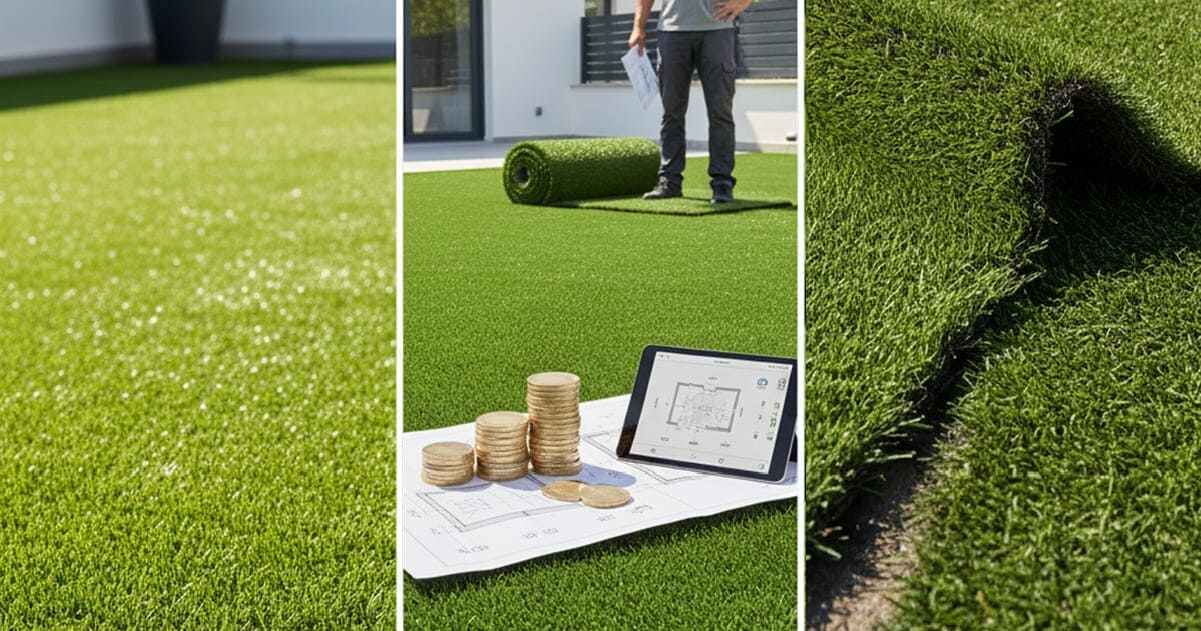
Frequently asked questions about the savings and benefits of artificial turf versus natural turf
What does artificial turf look like compared to natural grass?
Today's artificial turf offers a very realistic look, with fibres of different heights, shades and sheens that mimic natural grass. The visual difference is minimal, but with the advantage of remaining green and uniform all year round.
What happens when it rains or is very sunny with artificial turf?
The artificial turf drains quickly thanks to its perforated base, preventing puddles after rain. In addition, its UV-protected fibres withstand intense sunlight without discolouring or deforming.
What maintenance does artificial turf need?
It requires little care: just brush it from time to time, remove leaves or dust and, if necessary, clean it with water and neutral soap. No watering, mowing or fertilising.
Is artificial turf compatible if I have pets or small children?
Yes, it is safe, non-slip and easy to clean, making it perfect for play areas or gardens with pets. It does not accumulate mud or cause allergies.
Is artificial turf sustainable?
Yes, by not requiring irrigation, fertilisers and pesticides, it drastically reduces water consumption and avoids the use of chemicals, making it a greener option in the long run.
Is it better to install artificial turf for businesses or public spaces?
In most cases, yes. It is ideal for terraces, commercial premises and urban areas because it withstands high traffic, maintains a neat appearance and minimises maintenance costs.
Our Turfexpert's summary
Choosing artificial turf is a technical decision that should be based on the intended use, environmental conditions, product quality and the cost-effectiveness of artificial turf.
Therefore, the advantages of artificial turf over natural grass allow you to:
- Savings and profitability: reduces water consumption by up to 95% and eliminates mowing or fertiliser costs; the initial investment pays for itself in 3-5 years.
- Superior durability: withstands sun, rain and intensive use for 10 years without losing colour or texture.
- Comfort and hygiene: clean, non-slip surface, safe for children and pets, free of mud and insects.
- Versatility of use: it adapts to gardens, terraces, commercial or public spaces, always maintaining a neat aesthetic.
- Professional and hassle-free installation: a draining base and expert assembly ensure stability, good drainage and a natural finish throughout its lifetime.
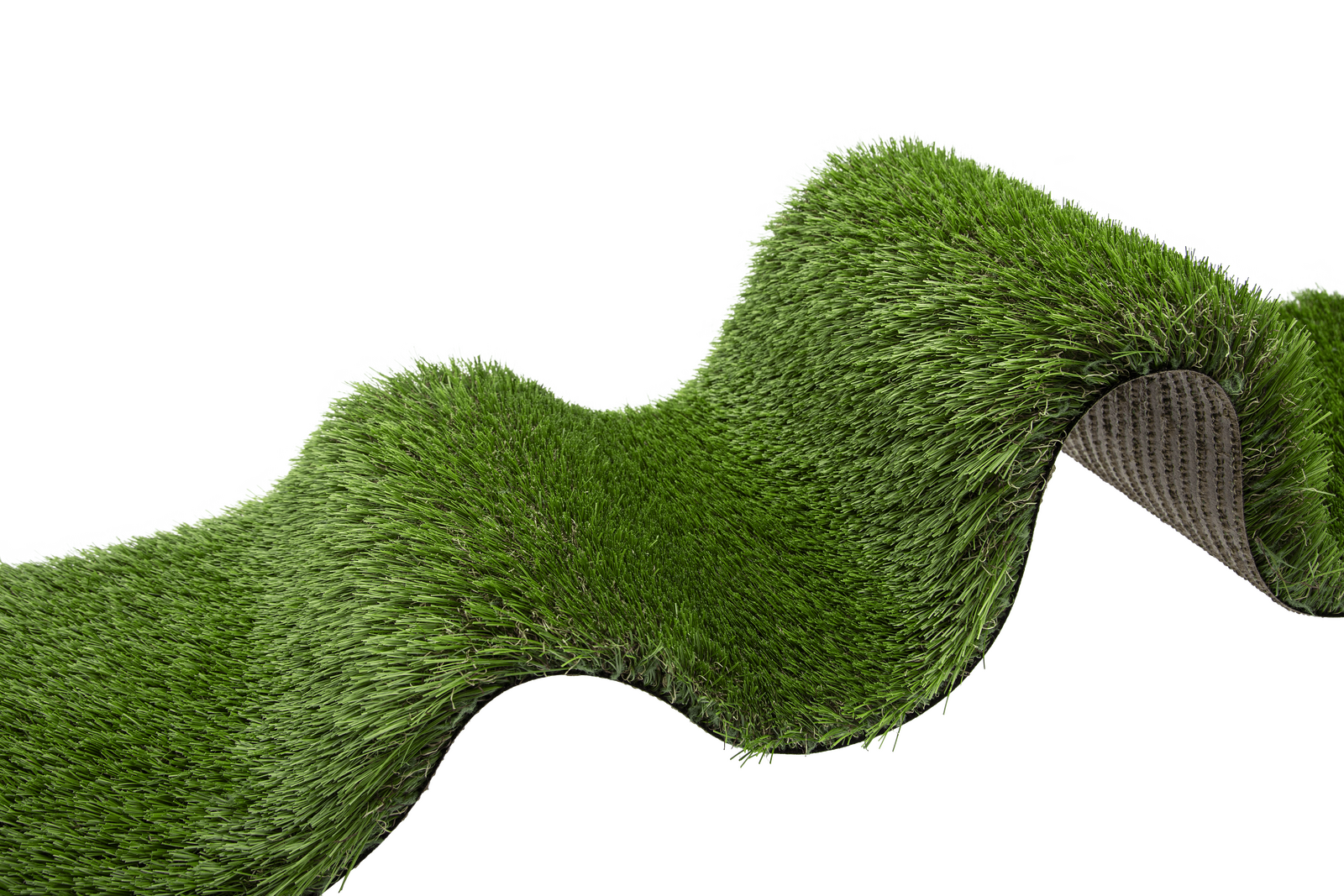
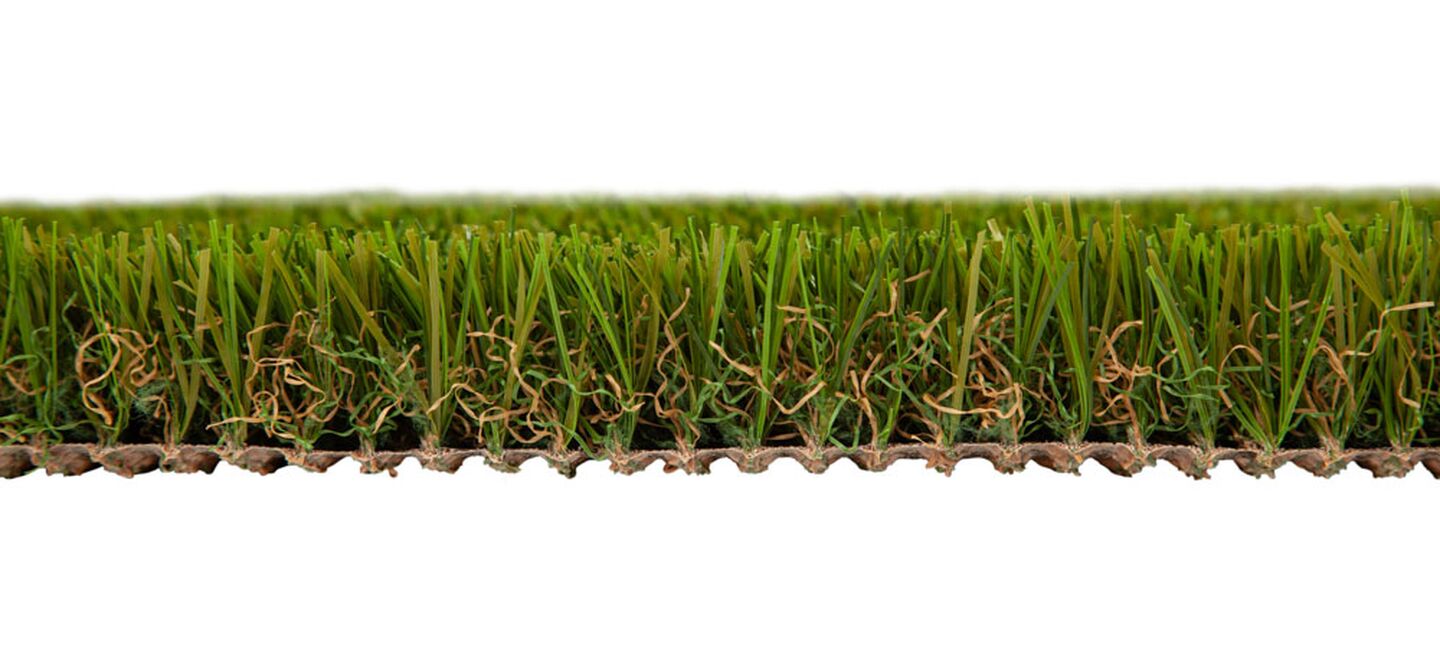
From decision to transformation
Now you know why artificial turf has become the smart alternative to natural grass — more sustainable, more durable and far easier to maintain.
The next step is to choose the model that best suits your space and start enjoying a green, worry-free surface all year round.
Do you want help comparing options or calculating savings? Contact us and we’ll help you make the right choice.
Related posts
If you found this article interesting, you may also be interested in...
